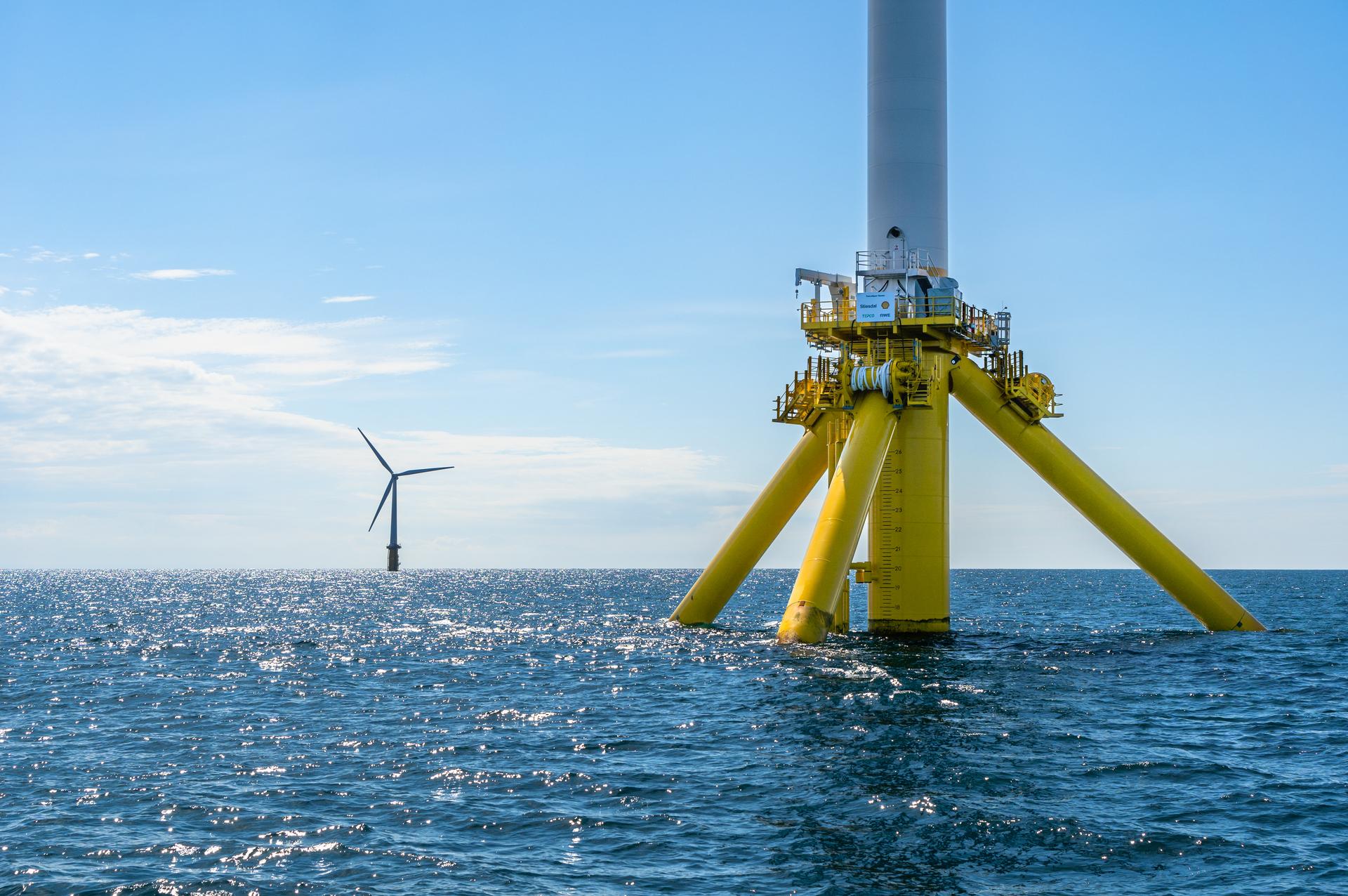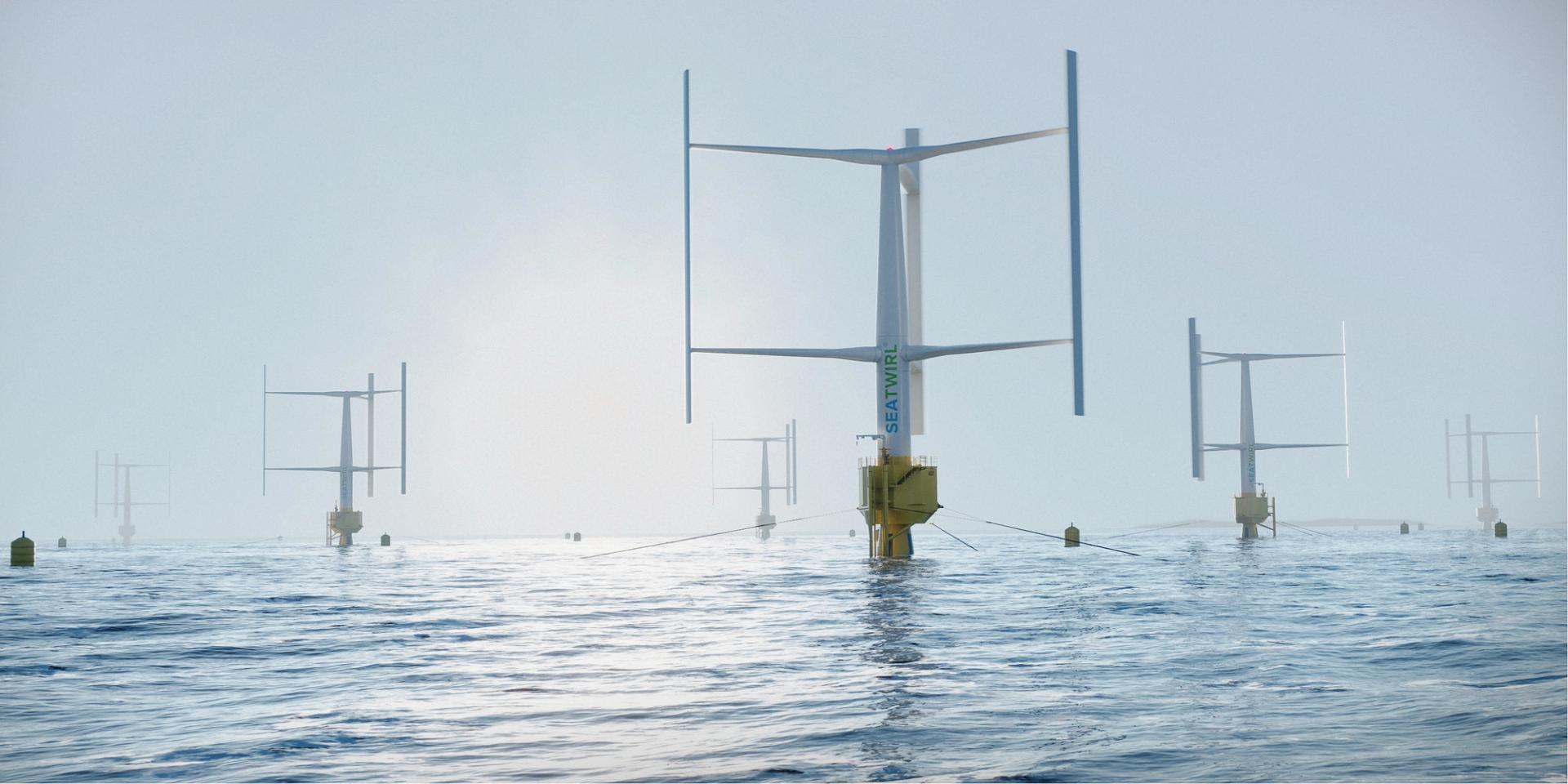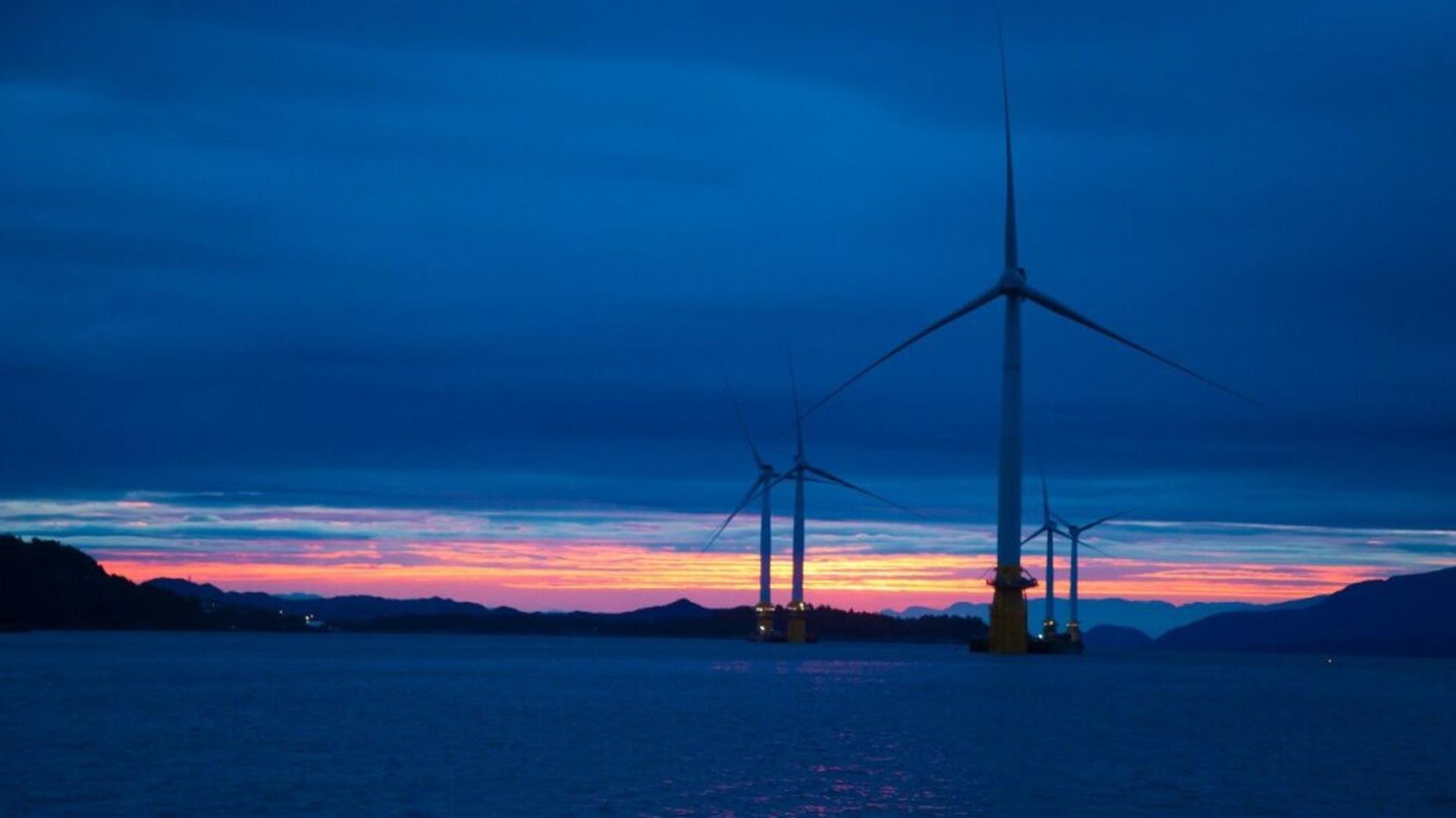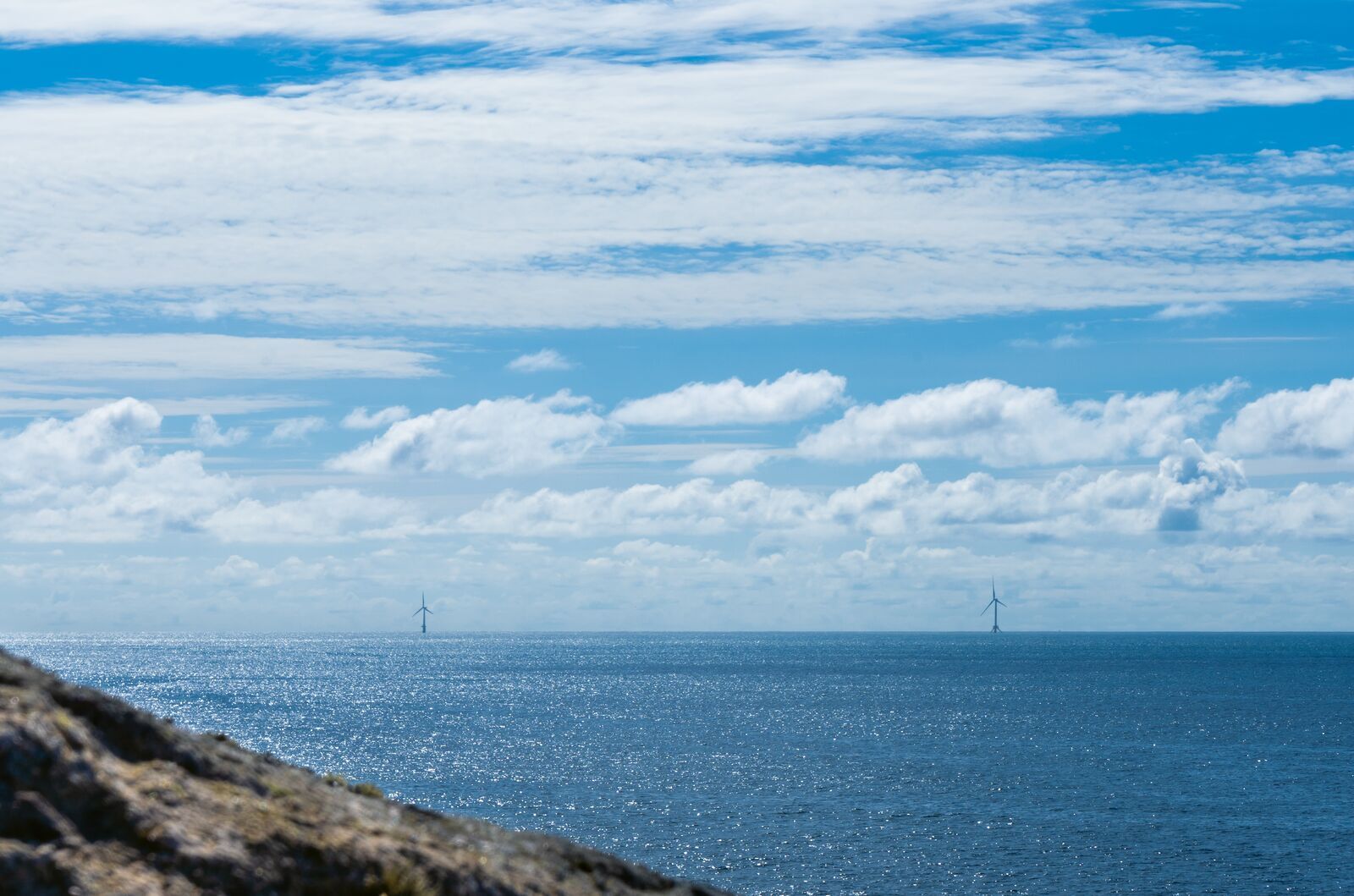

This world-leading North Sea test centre holds the future of floating offshore wind
Published 18 Oct 2022 (updated 29 Oct 2025) · 4 min read
The floating offshore wind adventure had a slow start.
Now, companies are flocking to Norway to test their turbines at the Marine Energy Test Centre in Karmøy.
Offshore wind is a key component of the energy mix of the future, and Norwegian companies can deliver along the entire supply chain.
Arvid Nesse, CEO of Marine Energy Test Centre (METCentre) and Norwegian Offshore Wind, predicts a bright future for Norwegian floating offshore wind (FOW). “Things were a bit slow in the beginning. But interest has now picked up considerably.”
“Our ambition is to become the world’s leading supply chain for floating wind. And now’s the time because Norway has a very good position in the market. We’ve gathered every competency that’s needed. We have players in our vicinity that cover nearly the entire value chain for wind turbines: foundations, cables, operations, maintenance, legal services, and more,” he says.
There is no doubt that offshore wind will be a key part of tomorrow’s energy mix – in Europe and around the world. The European Commission estimates that offshore wind must generate as much as 450 GW by 2050 for Europe to become climate neutral. Total global capacity from offshore wind is currently 23 GW, which means that production will need to increase twelvefold.
Solutions that bring down the levelised cost of energy (LCOE) of offshore wind will be critical. This represents a tremendous business opportunity for innovative energy companies, many of whom are coming to Karmøy island off Western Norway to test their designs.
Their destination is METCentre, which offers infrastructure and services for testing offshore wind concepts in the North Sea.
“Our ambition is to become the world’s leading supply chain for floating wind.”
Arvid Nesse
CEO, METCentre and Norwegian Offshore Wind
Exceptionally knowledgeable and customer-oriented
Although floating offshore wind is a relatively new field, METCentre already has a proud history. Equinor installed the world’s very first floating wind turbine, Hywind Demo (now Unitech Zephyros-One), here, back in 2009.
That was an important first step towards the opening of the world’s first floating wind farm, Hywind Scotland, in 2017. Today, the wind farm supplies 36 000 UK households with electricity.

The next generation of floating turbines is now being tested at METCentre.
One of these is the Danish company Stiesdal’s TetraSpar concept, developed in collaboration with Shell and Innogy. TetraSpar is a low-cost floating offshore wind turbine platform which will bring down the LCOE of floating wind to close to that of bottom-fixed offshore wind, the cheaper but more limited option.
“We chose to do our testing at METCentre because they smooth out red tape and provide valuable support vis-à-vis the authorities and other stakeholders. There are far fewer bureaucratic challenges here than other places,” says Henrik Stiesdal, founder and CEO of Stiesdal.
The company installed its model in METCentre’s test area in 2021, where it will remain for at least five years.
“The quality of the centre’s activities is exceptionally high, and they are also very customer-oriented.”
Henrik Stiesdal, founder and CEO, Stiesdal
“The centre has helped us in many ways. First and foremost, with the authorities, but also by facilitating contact with relevant local players and suppliers.”
“The quality of the centre’s activities is exceptionally high, and they are also very customer-oriented,” Stiesdal adds.
Other forward-thinking projects are also using METCentre. In 2021, TetraSpar was joined by Sweden’s SeaTwirl concept, another innovative floating wind turbine. The California-based company Makani has already tested its ground-breaking energy kite here.
.jpg?auto=format&w=1920&q=75)
Expanded FOW testing capabilities
METCentre is the only testing area for offshore wind solutions in the North Sea. It is conveniently located about 10 km from the coast of Karmøy, close to shipyards, ports and deepwater quays. Karmøy itself is at the geographical heart of the Norwegian offshore industry, which possesses world-leading expertise in floating and bottom-fixed maritime installations.
In December 2023, METCentre was granted final approval by the Norwegian Ministry of Petroleum and Energy for new test concessions for floating offshore wind. This means that five new wind turbines will be installed to be tested alongside Unitech Zephyros-One and TetraSpar in harsh North Sea conditions. The new infrastructure is scheduled for completion in 2026.
“With this important expansion of our test activities, we will take big leaps in developing floating technology and bringing down costs in this industry. This will provide valuable learning and knowledge to be utilised at Utsira Nord and other floating wind parks,” concludes Arvid Nesse.
Norwegian Offshore Wind
METCentre is also the administrative body for the industry cluster Norwegian Offshore Wind, whose goal is to establish world-leading supply chains within floating offshore wind. The cluster has close to 400 members ranging from agile startups to large offshore wind developers.
